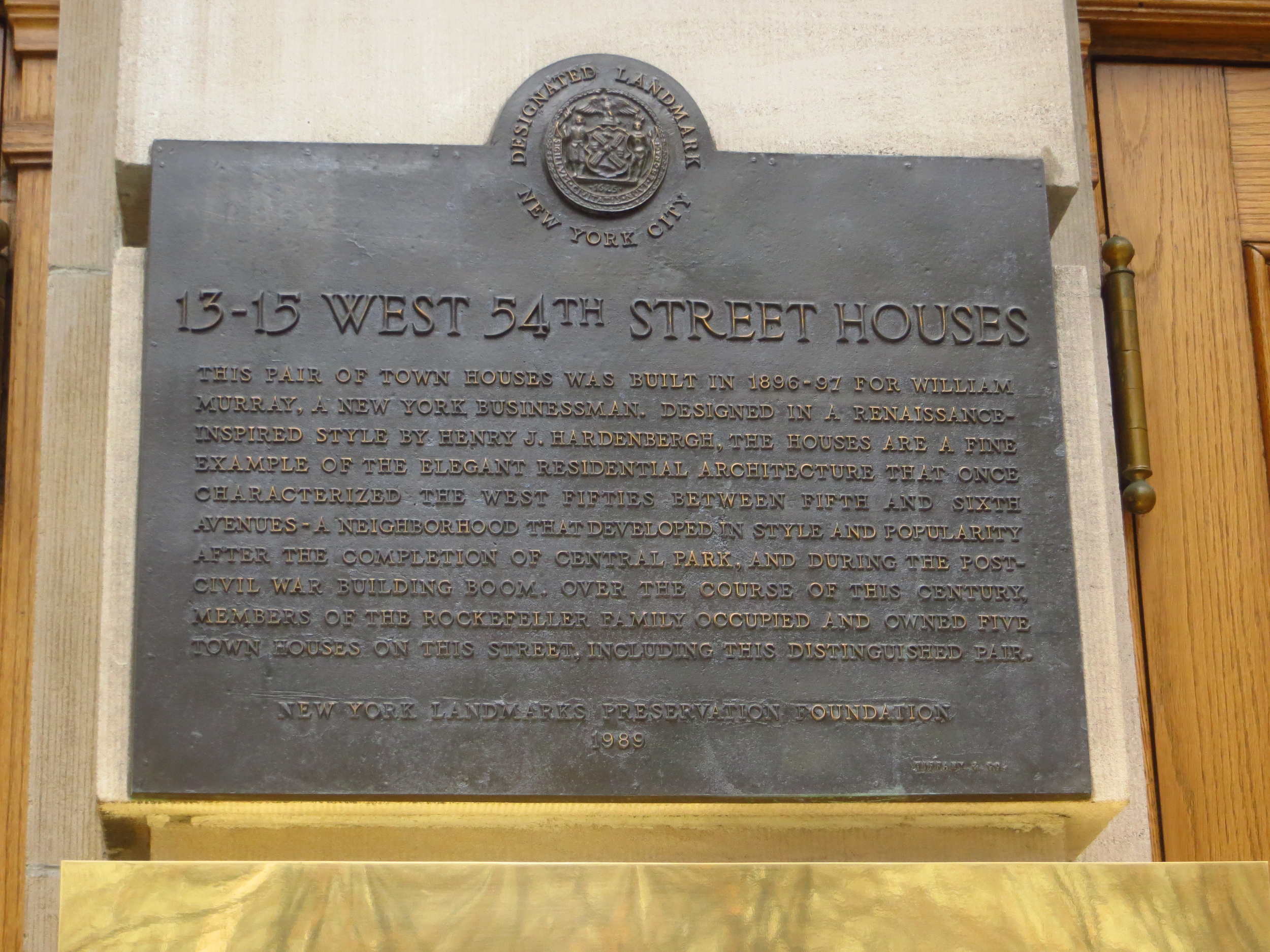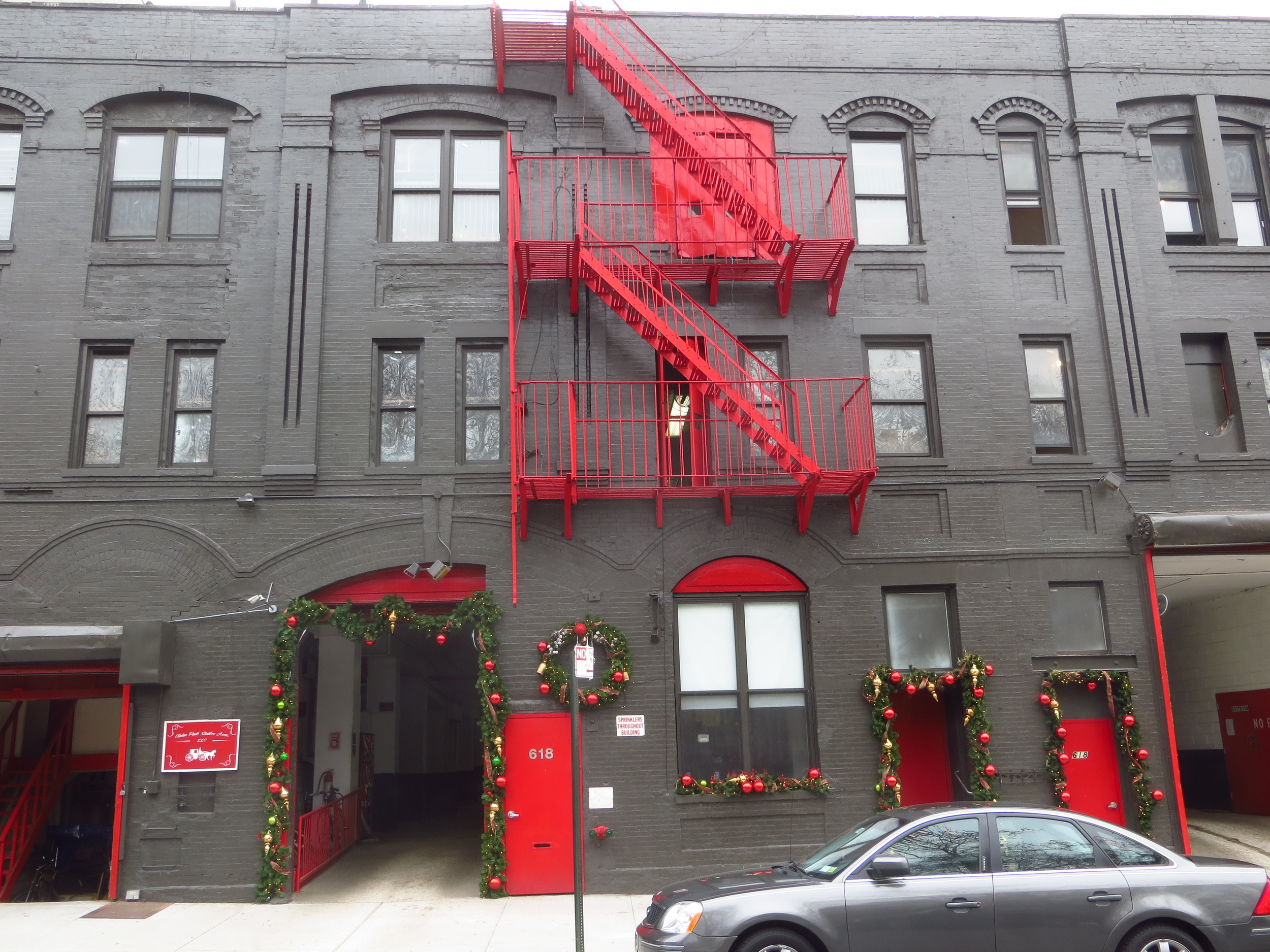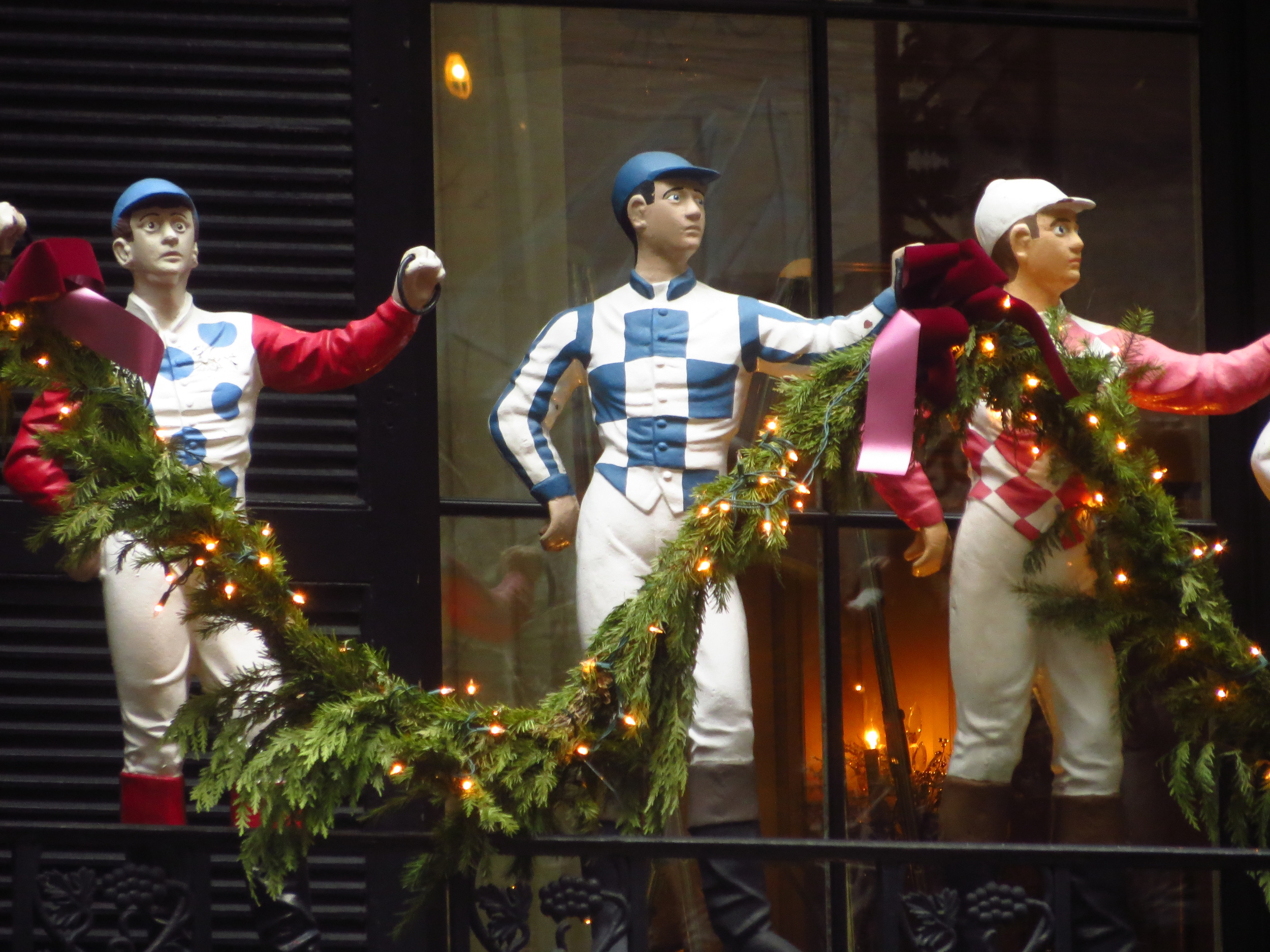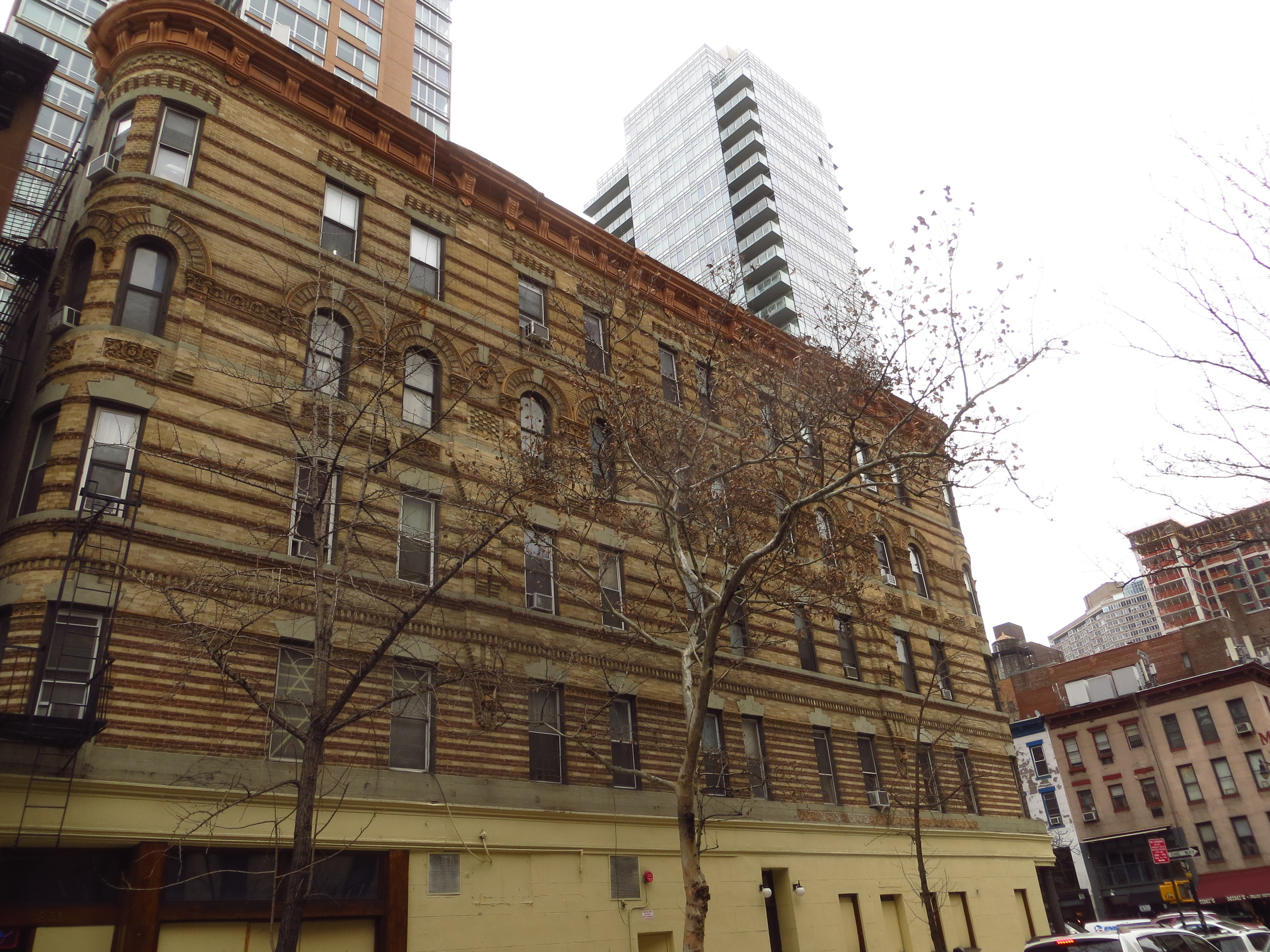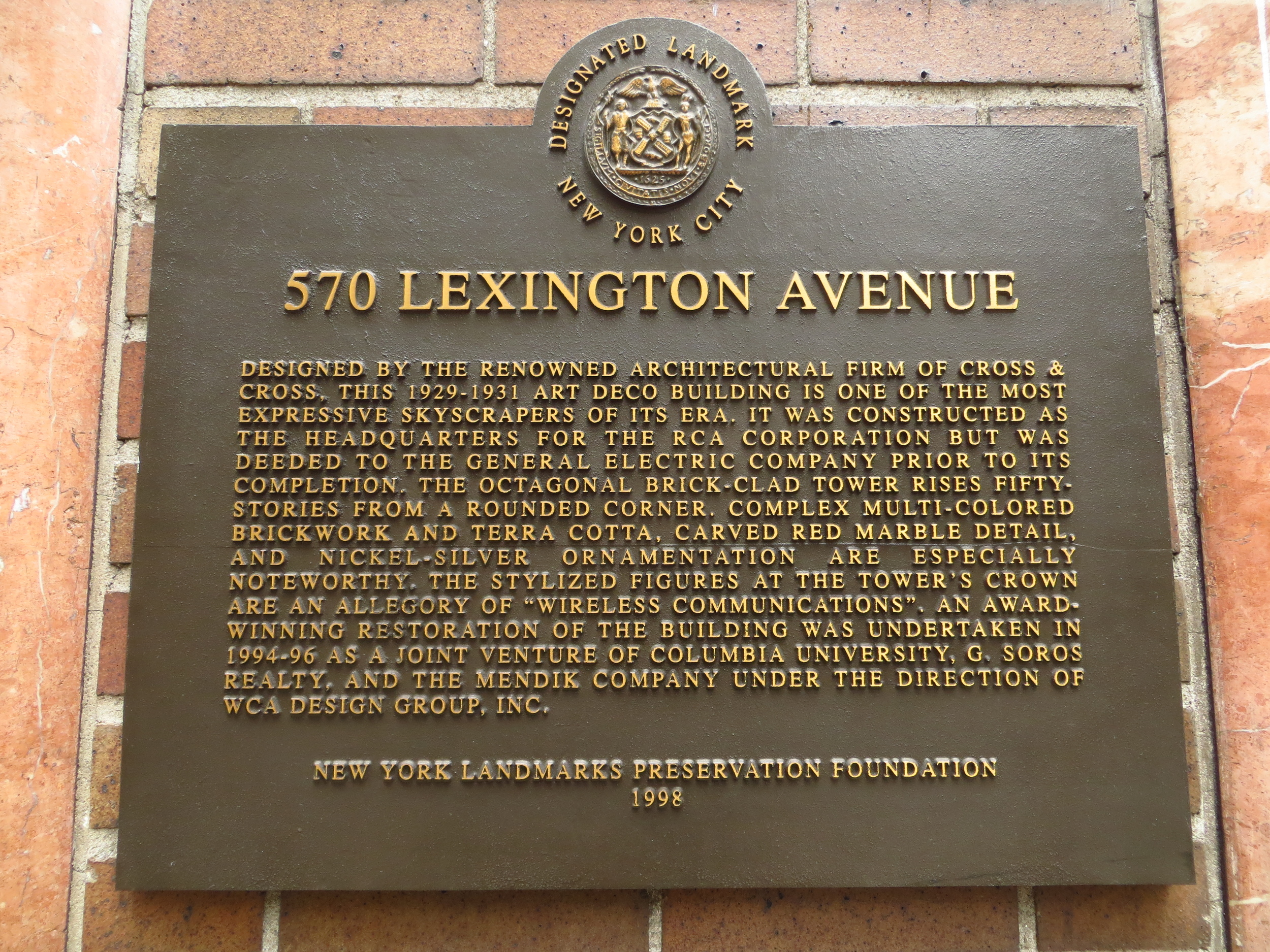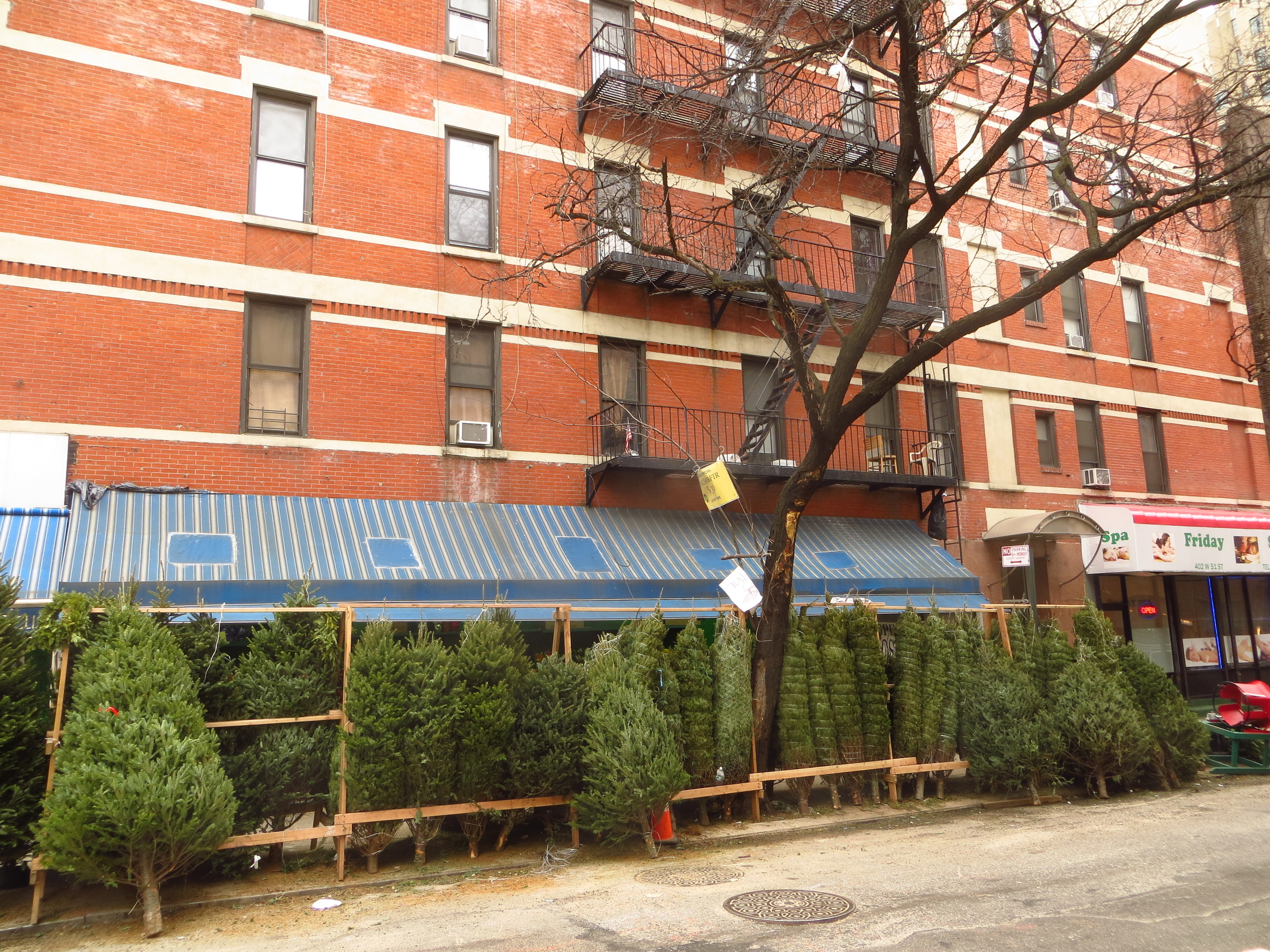Midtown: 54th St. - 49th St.
I took another chunk out of Midtown today, walking about 12 miles from 54th St. through 49th St.
Today's walk
There are a lot of sights along these streets that I could write about, but that would take a long time. So I'm going to tell you the story of the Citigroup Center and be done with it.
The Citigroup Center ["CgC"], located along Lexington Ave. between 54th St. and 53rd St., is one of my favorite buildings in Manhattan. Built in 1977 to house Citibank's headquarters, it's one of the most recognizable buildings in Midtown, due to it's height (915 ft.) and 45-degree angled top. However, my favorite architectural element is its unique base - a unique base that ALMOST KILLED THOUSANDS.
The CgC's square base stands elevated on five 114 ft. stilts, one in its center and one in the middle of each side. A lay person designing a similar building would likely place the outside stilts at the four corners of the square base (like the legs of a chair), but that wasn't an option for the architects building the CgC. The northwest corner of the lot land was originally occupied by St. Peter's Lutheran Church, and while the engineers were given permission to demolish the original church structure standing at the site, they were required to leave room on the same corner for a new church, which could not be attached to or blocked by the new building. As a result, placing a stilt on the northwest corner was not feasible; and instead the engineer proposed a design with stilts in the center of each side.
All was well and good until a year after the building's completion, when Diane Hartley, an undergraduate civil engineering student at Princeton decided to research it for a class project. She was calculating the impact of strong winds on the building and something didn't add up. According to her calculations, perpendicular winds (winds striking the building head on at its faces, where buildings are normally most vulnerable) didn't pose any threat. However, a strong (but not too strong) quartering wind (a wind striking the building at its corner) could severely threaten its structural integrity (i.e. make it fall down).
Sure that she was missing something, she sent her work to William LeMessurier, the engineer who designed the building, who responded with something along the lines of "Umm, I'll have to get back to you on that..." The thing was, LeMessurier never ran those numbers, and due to the use of less expensive/weaker welded joints instead of more expensive/stronger bolted joints during construction, it turned out that a wind strong enough to knock the building over would occur once every 55 years. However, if the building were to experience a power outage (like during a hurricane), it would disable the tuned mass damper (a large weight at the top of tall buildings that offsets wind loads), and a much weaker wind would have the same effect. A wind of this strength was projected to hit Manhattan every 16 years.
To quote a Slate article on the subject, "In other words, for every year Citicorp Center was standing, there was about a 1-in-16 chance that it would collapse."
Worried about ruining his professional reputation, LeMessurier convinced Citigroup to keep the matter hush-hush while he and a construction crew took remedial action in secret every night. Six weeks into the project (which was only half complete), a hurricane, "Ella", developed off the coast of North Carolina, and began moving up the east coast toward New York. With hours until a possible landfall, emergency evacuation /corpse recovery (presumably) plans were developed with the NYPD and Red Cross, still without alerting the general public.
Fortunately for everyone involved, Hurricane Ella made a last minute turn out to sea, the repairs were made successfully and LeMessurier didn't go down in history as the world's worst structural engineer...until 1995 when a reporter for The New Yorker heard about the debacle at a party and decided that it would make an interesting story. Diane Hartley finally got the answer to her question and LeMessurier was revealed to be a major schmuck.









